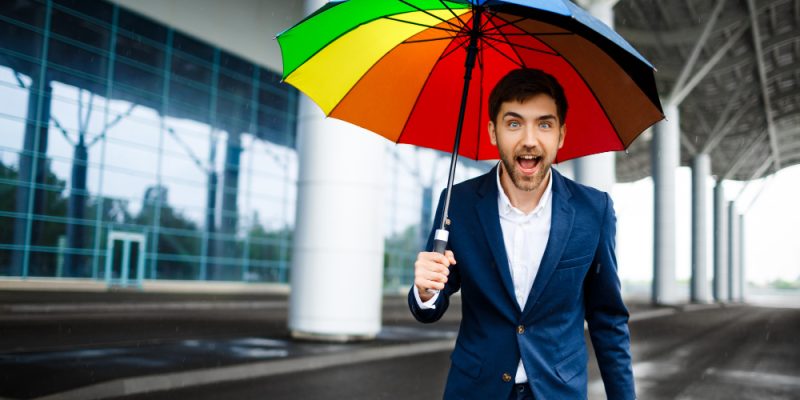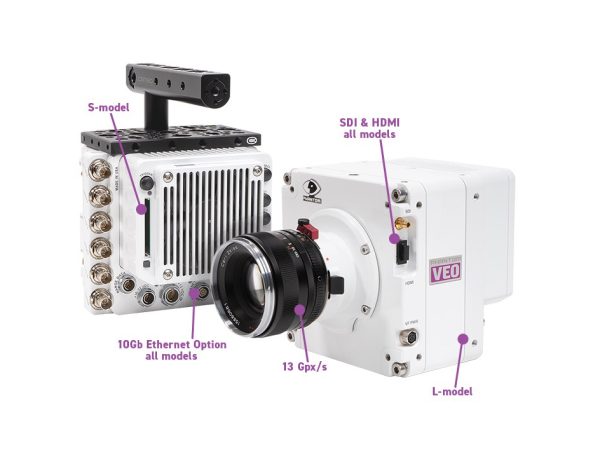Rain Tax Explained: What It Is and How It Affects Homeowners

In recent years, the term “Rain Tax” has sparked confusion and debate among homeowners and policymakers alike. Despite its nickname, the rain tax is not a charge for rainfall itself but a fee tied to how much stormwater runoff comes from your property.
The purpose of the rain tax is to help cities and counties manage stormwater — the rain that flows off roofs, driveways, and streets — which can lead to flooding and pollution if left uncontrolled. In this article, we will explore what the rain tax really means, why it was created, and how it affects homeowners.
What Is the Rain Tax?
The “Rain Tax” is a nickname for a stormwater management fee imposed by local governments to fund systems that handle runoff water. When rain falls on surfaces that do not absorb water, such as concrete, asphalt, and roofs, it flows into storm drains and nearby waterways.
To manage this runoff, municipalities need to build and maintain drainage systems, treatment facilities, and other infrastructure. The fee collected through the rain tax is used to pay for these public projects.
The term “rain tax” became popular because it sounds like a fee on rainfall, but it is actually a service fee based on the amount of impermeable surface area on a property.
Why the Rain Tax Exists
The rain tax was created to address serious environmental and infrastructure challenges. As urban areas expand, natural land that used to absorb rainwater is replaced by hard surfaces. This leads to increased runoff, flooding, erosion, and water pollution.
Stormwater often carries debris, oil, fertilizers, and other contaminants into rivers and streams, damaging ecosystems and increasing water treatment costs.
Governments needed a way to fund stormwater systems without relying solely on general taxes. The rain tax ensures that those who contribute most to runoff — usually larger properties or commercial buildings — pay more toward maintaining clean and effective drainage systems.
How the Rain Tax Works
The fee is calculated based on how much of a property is covered by impermeable surfaces. These include roofs, driveways, sidewalks, parking lots, and patios — anything that prevents rainwater from soaking into the ground.
Local governments measure the total surface area and apply a formula to determine the annual or quarterly fee. The more surface area you have, the more you pay, since your property generates more runoff that enters the public system.
Some municipalities use satellite images or property records to estimate impermeable coverage. Others may allow property owners to apply for adjustments if they install runoff-reducing systems like rain gardens or permeable driveways.
Examples of Where the Rain Tax Applies
While the concept of a rain tax exists in several regions, it gained national attention in the United States after Maryland introduced a statewide stormwater fee in 2012. The policy required certain counties to collect fees to meet federal clean water regulations under the Environmental Protection Agency (EPA).
Other states and cities have adopted similar fees under different names, such as stormwater utility fees, runoff charges, or drainage assessments. Each jurisdiction sets its own rates, exemptions, and collection methods, depending on local infrastructure needs.
The term “rain tax” quickly became a political talking point, but the idea itself is rooted in long-standing public works funding practices.
How the Rain Tax Affects Homeowners
For most homeowners, the rain tax translates to a small recurring fee added to property tax bills or utility payments. The amount varies depending on property size and the percentage of impermeable surface area.
In some regions, single-family homeowners might pay a modest flat rate, while larger or commercial properties pay significantly more.
While the cost may seem like an added burden, the funds go toward preventing costly flooding, reducing water pollution, and maintaining clean, safe communities. Well-maintained stormwater systems protect property values by minimizing flood damage and preserving local waterways.
The Environmental Benefits of the Rain Tax
Though often unpopular, the rain tax serves an important environmental purpose. It encourages sustainable land use and stormwater management practices that benefit both nature and communities.
The fees collected help fund:
- Storm drain maintenance and upgrades.
- Construction of retention ponds and wetlands.
- Pollution control projects that protect rivers and streams.
- Green infrastructure like rain gardens and permeable pavements.
By linking fees to impermeable surfaces, the system motivates property owners to adopt eco-friendly designs. Homeowners can reduce their fees and environmental impact by adding vegetation, using rain barrels, or replacing concrete with porous materials.
Controversies and Public Reactions
The term “rain tax” has been criticized for being misleading and politically charged. Many homeowners initially viewed it as an unfair or unnecessary charge, believing they were being taxed simply for rainfall.
In reality, the fee targets stormwater runoff management, not rain itself. However, public understanding varies widely, and communication from governments has not always been clear.
Opponents argue that the fee adds financial pressure, especially on small businesses or low-income homeowners. Supporters counter that the rain tax ensures everyone contributes fairly to maintaining shared infrastructure, similar to paying for roads or sewage systems.
The debate often reflects broader discussions about environmental responsibility and the balance between individual costs and public benefits.
Ways Homeowners Can Reduce the Rain Tax Fee
Many jurisdictions offer incentives or credits for property owners who take steps to reduce runoff. Homeowners can lower their fees by installing systems or making improvements that minimize stormwater flow.
Common solutions include:
- Rain barrels to collect roof runoff for garden use.
- Rain gardens that absorb water naturally.
- Permeable pavers that allow water to seep into the ground.
- Vegetated roofs that reduce runoff and insulate homes.
By adopting these measures, homeowners not only lower their rain tax bills but also contribute to cleaner waterways and healthier local ecosystems.
How the Rain Tax Impacts Local Communities
Beyond individual homeowners, the rain tax provides long-term benefits for communities. Proper stormwater management reduces the risk of flooding, protects public infrastructure, and improves water quality.
When cities invest in sustainable drainage systems, they also enhance public spaces. Green areas like bioswales and retention ponds can double as parks, improving urban aesthetics and providing wildlife habitats.
These collective benefits often outweigh the costs, as proactive investment in water management prevents larger expenses from flood damage and emergency repairs later on.
The Future of Stormwater Fees
As cities continue to grow and climate change increases rainfall intensity in some regions, stormwater management will become even more critical. The concept of the rain tax is likely to evolve into broader sustainability initiatives.
Future policies may include incentives for green infrastructure, stronger integration with environmental planning, and increased public awareness about the connection between land use and water health.
Technology is also improving how cities measure and manage runoff, with satellite mapping, data analysis, and community-based projects shaping the next generation of water management systems.
The key will be finding a balance between fair funding, environmental protection, and affordability for homeowners.
Conclusion
The Rain Tax, despite its controversial nickname, plays a crucial role in managing stormwater and protecting communities from flooding and pollution. It is not a tax on rainfall but a practical funding system for public infrastructure that benefits everyone.
For homeowners, understanding how the rain tax works is the first step toward managing its impact. By adopting environmentally friendly practices such as rain gardens or permeable pavements, individuals can reduce both their fees and their environmental footprint.
In the long run, these investments in stormwater management not only safeguard property and public health but also ensure cleaner, more sustainable environments for future generations.
FAQs
1. What is the rain tax?
The rain tax is a stormwater management fee based on the amount of impermeable surface on a property. It helps fund systems that control runoff and prevent flooding.
2. Why do homeowners have to pay a rain tax?
Homeowners pay the fee to support infrastructure that manages stormwater from roofs, driveways, and streets. It ensures communities can handle rainfall safely and sustainably.
3. How is the rain tax calculated?
It is calculated based on the size of a property’s hard surfaces that prevent rain from soaking into the ground. More impermeable surface means a higher fee.
4. Can homeowners reduce their rain tax fees?
Yes. Homeowners can install rain gardens, use rain barrels, or replace driveways with permeable materials to earn credits or lower their fees.
5. Is the rain tax permanent?
In most regions, stormwater fees are ongoing since they fund essential maintenance and environmental protection. However, rates and structures may change over time.
Also read: SuprBay: Everything You Need to Know About the Pirate Bay Forum











